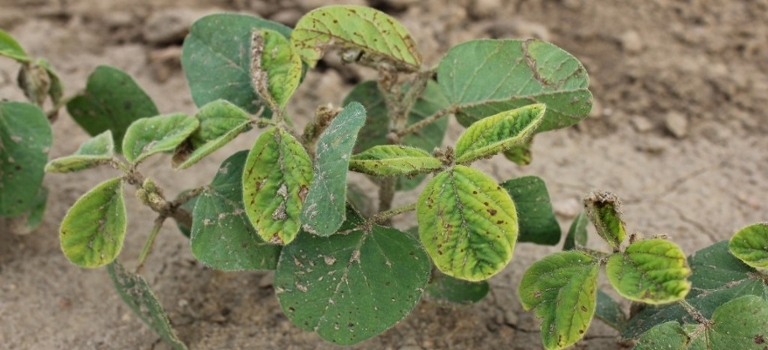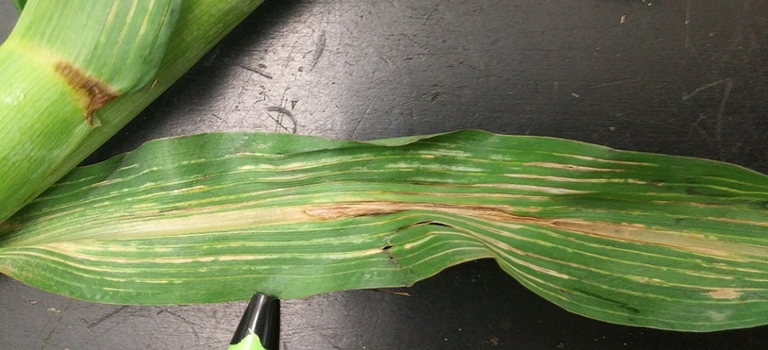Herbicide Fate
Herbicide Carryover
Herbicide carryover is a phenomenon in which herbicides persist in field soils for months after the initial application. These leftover herbicide residues can be potentially harmful to new crops planted in a previously used field. There are numerous factors affecting the carryover potential of an herbicides:
Movement of Herbicides Post-Application
- Physical drift- blown about by the wind
- Volatilization- escapes via vaporization from soil/water/plant stomata
- Absorption- taken up into living organism
- Leaching- vertical/horizontal movement downward through soil
- Erosion- wind and water action
Degradation of Herbicides Post-Application
- Photochemical- broken down by UV radiation in sunlight
- Microbial- broken down by microorganisms
- Chemical- hydrolysis and redox reactions
- Metabolism- broken down by plants or animals
Chemical & Physical Properties Affecting Herbicide Fate
- Solubility- ability of a molecule to be dissolved in water; important for predicting how herbicides move through water & through soil when dissolved in water
- Persistence- amount of time herbicides remains in soil, generally measured in half-lives
- Biodegradation- breakdown due to microbial metabolism
- Adsorption-desorption- tendency of herbicide molecules to attach to/detach from soil, especially in soils w/ a high percentage of organic matter
Soil Properties Affecting Herbicide Fate
Soils with heavy clay & organic matter content can retain waterborne herbicides, with percentage of organic matter being the greatest factor affecting herbicide adsorption. Dry soils can bind to herbicide more readily than wet soil due to the absence of water creating an abundance of unoccupied binding sites on soil molecules which herbicides then occupyTo avoid potential crop damage and/or loss due to herbicide carryover be sure to properly time and apply herbicides as per the instructions laid out on the label, specifically those pertaining to crop rotation intervals.
Crop Rotation Intervals for Major Herbicides
- Accent
- Callisto
- Command
- Curbit
- Devrinol
- Dual Magnum
- Goal
- Outlook
- Prowl
- Reflex
- Sandea
- Stinger
- Treflan
- Valor


